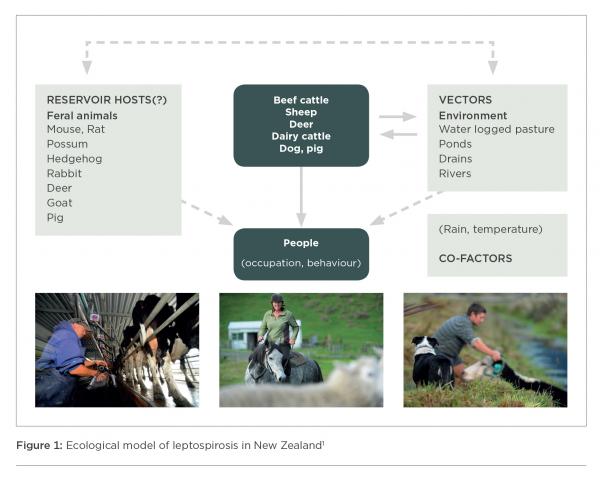
If you’re wondering how to prevent the spread of leptospirosis, read this overview to learn more about this disease. This infection is a bacterial infection that infects humans by invading through infected urine. The bacteria can survive for weeks in water and soil and can enter human bodies through cuts, abrasions, or mucus membranes. A minor case of leptospirosis can be treatable with antibiotics, while more serious cases can be life-threatening and require hospitalization. The bacteria may cause kidney and liver damage, fatigue, and organ failure. Traditional sources of leptospirosis include forestry, meat processing, and outdoor recreational pursuits.
A comprehensive overview of the disease’s causes can be found in an article by the CDC. Leptospira are a genus of bacteria found worldwide. They are spirochetes, which are microscopic filamentous animals that coil around a central axis. These organisms are aerobic, gram-negative, and prefer an alkaline environment. Unlike most other bacterial infections, leptospirosis is not contagious, so it’s important to avoid contact with infected surfaces.
Acute leptospirosis is often associated with a fever, respiratory illness, and pneumonia. People who have had the illness before are more likely to develop severe leptospirosis. Fortunately, a majority of cases are mild, with fewer than one percent resulting in the potentially fatal severe form. In the meantime, many people experience only a mild case. However, the risk of serious leptospirosis is lower if the disease is diagnosed early and treated properly.
While leptospirosis is widespread worldwide, its incidence is highest in tropical and warm climates. In most temperate climate countries, it is rare and is associated with high risk groups, such as recreational exposures. In temperate climates, leptospirosis is often associated with adventure tourism to tropical areas. Another factor that increases the risk is poor housing and excessive rainfall. Therefore, it is important to take all the necessary precautions to avoid contact with infected animals.
A recent study has shown that zebrafish embryos can serve as a model for the pathogenesis of Leptospira. These animals are commonly used in embryonic research as they are suitable for observing living organisms. In addition, the zebrafish model has been used in studies of microbial pathogenesis. Infection of zebrafish with L. interrogans at an early stage of the disease was asymptomatic.

The most common way to diagnose leptospirosis is by a combination of clinical signs and serological test results. The disease is usually asymptomatic, but sometimes the signs can be severe and require medical attention. In some cases, the infection can lead to kidney failure. The most effective diagnostic method involves the use of a combination of clinical signs and laboratory tests. It can also be diagnosed by culturing the bacteria in the body fluids of the animal.
A complete overview of leptospirosis should be read before proceeding with any treatment plan. The disease is a dynamic disease. The geographic range and preferred host reservoir may change over time. There are different strains and their relative importance can also vary. Some people with high-risk occupations should avoid swimming in ponds and wear protective gloves. Site https://www.komnaspa.or.id/
describes that a thorough understanding of the pathogenesis of leptospirosis is necessary to prevent this deadly infection.
The cause of leptospirosis is unknown. Although there are many factors associated with the disease, contaminated animal urine is a common cause. Despite the absence of specific symptoms in humans, the disease can be fatal. Several factors have been identified that contribute to the development of leptospirosis, including the presence of a weakened immune system. The most important way to prevent this infectious disease is to prevent the spread of the disease in the population.
Leptospira bacteria cause leptospirosis. These spirochetes are spirochetes, Gram-negative bacteria that coil around a central axis. These organisms prefer an acidic environment, so they are able to spread the disease from person to person. The bacteria cause leptospirosis and are known to cause death.
The disease is often characterized by fever and chills. This can cause aseptic meningitis. In rare cases, patients can make a full recovery, but many suffer from chronic episodic headaches. The disease is caused by many different factors. The bacteria that causes leptospirosis in humans is transmitted through the urine of infected animals. Infected soil or water can cause the disease to spread from one place to another.

